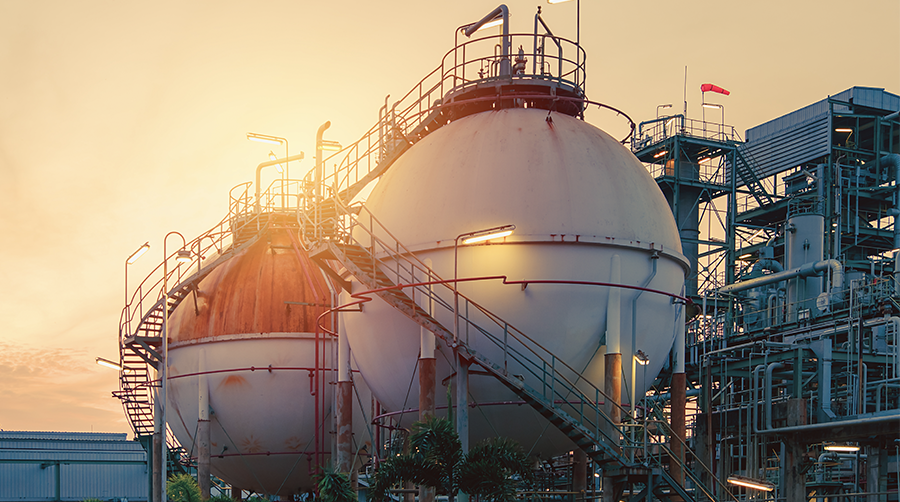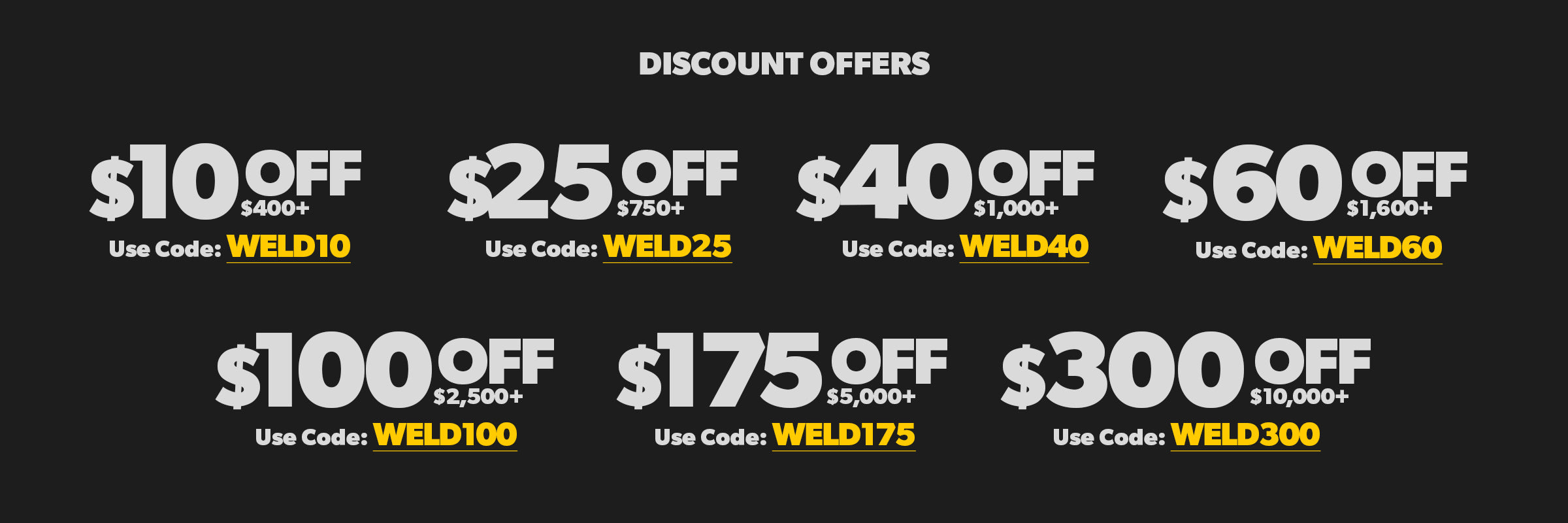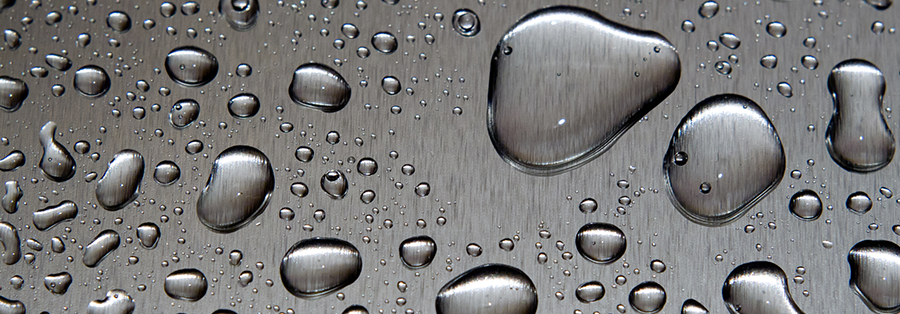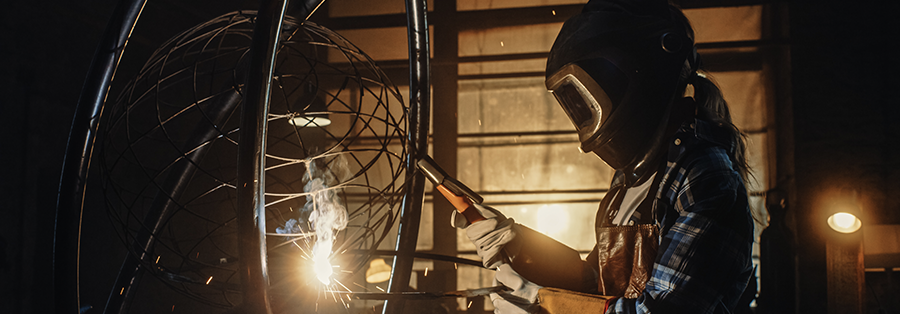Think of the ultimate example of power, strength and unmoving force. What comes to mind? Maybe a bulldozer with rocket jets? Or a rhinoceros that can shoot lasers out of its eyes? What about… water?
That’s right, the mighty H2O. It’s okay to laugh, even a small child understands how easy it can be to push water around at the pool. Not exactly an “unmoving force.” But what if I told you that water is so powerful, it can break even your toughest welds and bend some of the hardest metals on earth? In this article, we’ll look at how hydroforming and welding work together and how something so common as water can be so powerful.
Virtually Incompressible
Take a sponge and squeeze it. Notice how easily it compresses. You can do the same thing with a balloon full of air. But if you try to squeeze water, you’ll notice it slips through the sides of your fingers. In a practical sense, water is basically incompressible.

“Big whoop,” you say, “that doesn’t make water an unstoppable force.” Try imagining it this way: Let’s say I have a titanium cube that’s hollow on the inside. I make a small hole in the cube and begin pumping in water. At first, the water does nothing to the cube. But once the cube is full of water, what happens if I keep pumping more in? The water can’t “squish” down since it’s incompressible. The only place for the water to go is out. Assuming that your pump is strong enough to keep pushing more water in, the water will literally break the titanium cube apart.
And that is essentially how hydroforming works.
What’s the Point?
Okay, we’ve covered how water can be used to create an unstoppable force. But how is that useful, especially when it comes to welding and metal? Let’s say you wanted to create a perfectly round shape. You could do a bunch of math and carefully curve several pieces to look like peeled orange slices. Then weld them all together to fabricate a sphere. Or, you could just let water do all the hard work.
The sphere in the video above is being hydroformed using only your everyday, run-of-the-mill powerwasher. You can also see how the pressure eventually builds to the point where the water begins ripping the welds apart. Now that’s one way to stress-test your work!

Hydroforming spheres like this isn’t just done with artwork either. Spheres are often the strongest shape for storing high-pressure liquids or gases, making them ideal for some industrial applications. Large metal spheres are often created using a technique called explosive hydroforming or High Energy Rate Forming (HERF). This technique is similar to traditional water pressure hydroforming, but the welded object isn’t completely filled with water. An explosive charge is also placed in the water at a carefully calculated position, then set off to form the sphere.
DIY or DI-Die?
High-pressure liquids, explosives, bursting weld seams: hopefully at some point you’ve wondered if it’s safe to do hydroforming on your own.
When it comes to HERF (explosive hydroforming), the answer is definitely “no.” HERF is generally used only for commercial, industrial pieces. Basically, if you’re not professionally trained on HERF, your DIY definitely risks becoming a DI-Die.
However, non-explosive, traditional hydroforming has been done by DIYers for decades. It’s a favorite process among many artists, allowing them to fabricate round shapes without expensive molds or equipment. Often, only a pressure washer is required (though the size of the pump will limit how much shaping force can be applied).

Hydroforming for structural pieces is more complex. Think of it this way: Moisture often compromises welds, causing them to break down over time (as well as all sorts of other issues). With hydroforming, high-pressure water is literally being shoved into any weak parts of your piece, including your welds. You can see how that could cause issues with welding projects that need to be structurally supportive.
As many of you are probably keen to point out, water pressure hydroforming with enclosed shapes is only one method. Hydroforming using sheet metal and a hydraulic press is a staple of the fabrication world and something we’ll cover in another article.
No matter what fabrication process you’re using, having strong, high-quality welds is key. Any experienced welder knows that your equipment matters. At Welding Supplies from IOC, we only supply the brands you can trust. Right now, ESAB, Lincoln and Miller have recently announced new rebate programs. Make sure to check them out for yourself here.




